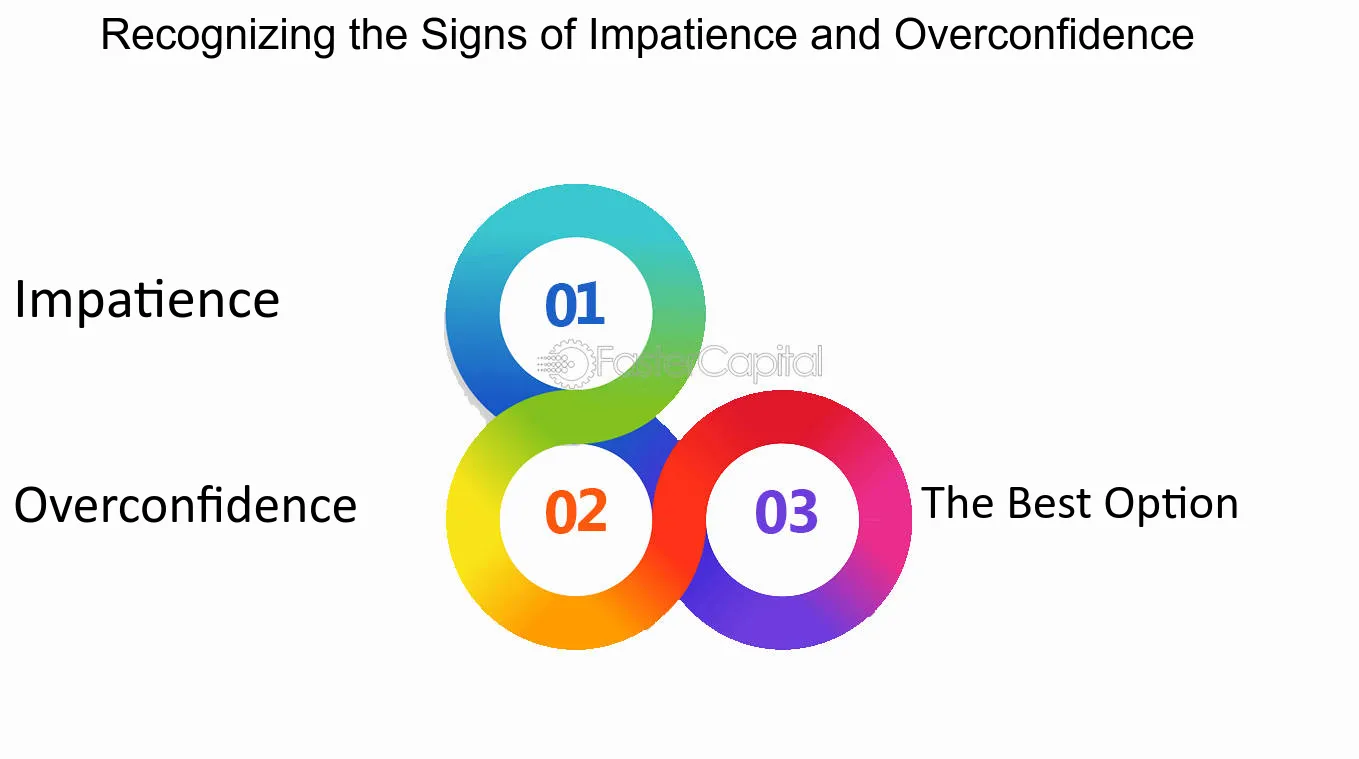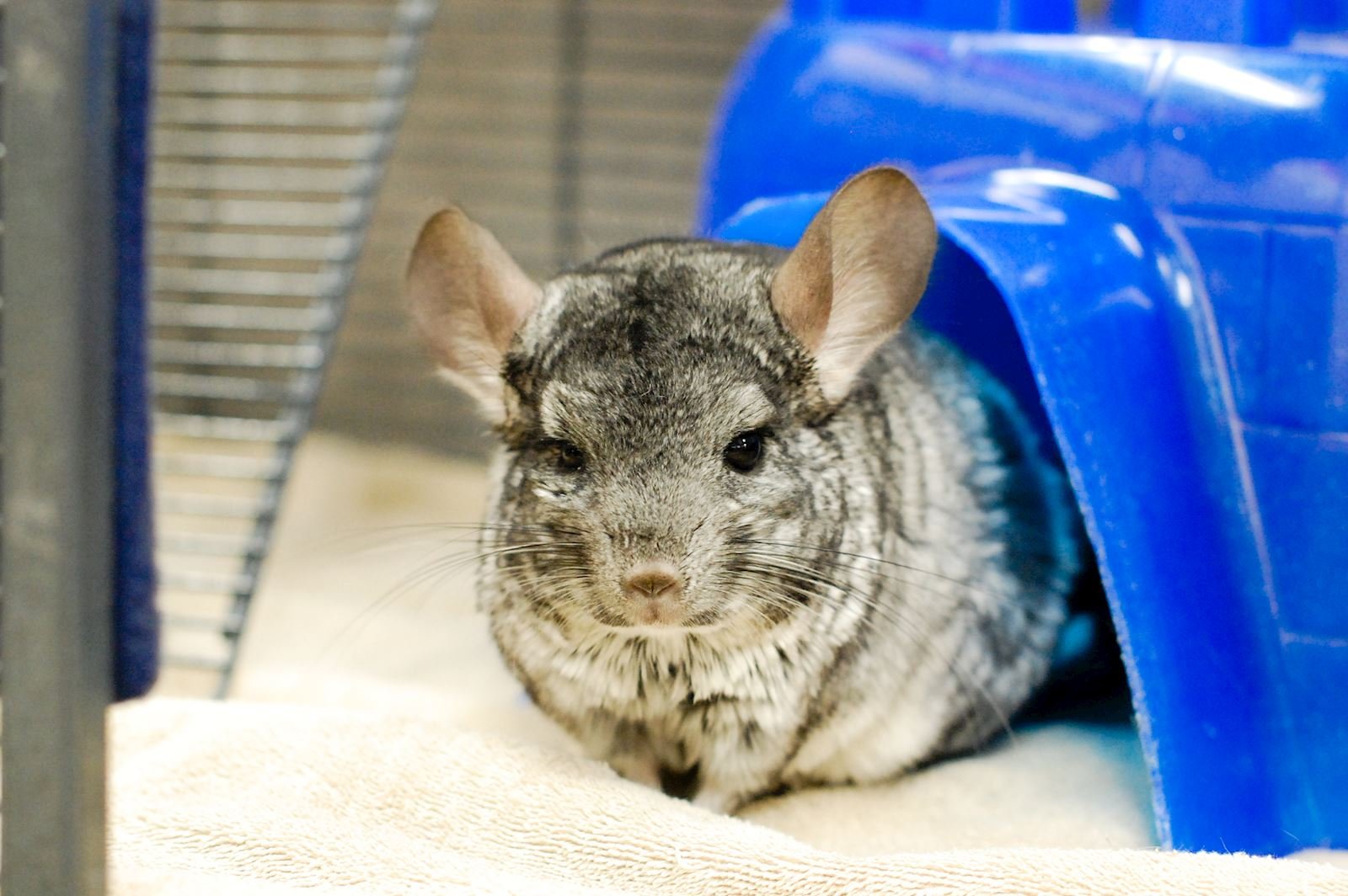
Have you ever felt unsure if your efforts in taming are actually paying off? Recognizing signs of progress can be tricky, especially when results don’t happen overnight.
But what if you could spot clear, simple clues that tell you your hard work is making a real difference? You’ll learn exactly what to look for so you can stay motivated and confident every step of the way. Keep reading, and discover how to turn small wins into big breakthroughs in your taming journey.
Early Signs Of Trust
Trust is the foundation of taming any animal. Early signs of trust show that your efforts are working. These signs help you know the animal feels safer and more comfortable around you.
Recognizing these early signs can guide you to build a stronger bond. Watch closely for changes in behavior. Small shifts mean big progress.
Increased Calmness
The animal begins to stay quiet and relaxed near you. Nervous movements reduce, and it stops pacing or shaking. Calmness means it no longer sees you as a threat.
This change often comes before the animal shows more active signs of trust. It may lie down or rest nearby without fear.
Reduced Aggression
Signs of aggression like growling, biting, or lunging become less frequent. The animal stops raising its fur or making threatening sounds. This shows it feels less need to defend itself.
Patience is key during this stage. Even small drops in aggression mean the animal trusts you more.
Seeking Human Interaction
The animal starts coming closer to you by choice. It may sniff, nudge, or lightly touch your hand. This shows curiosity and a desire to connect.
Look for gentle behaviors like licking or leaning on you. These actions mean the animal feels safe and welcomes your presence.

Credit: www.rismedia.com
Behavioral Changes
Behavioral changes show real progress in taming animals. These changes tell you the animal trusts you more. They also show the animal learns and feels safer. Watching these behaviors helps measure your success in training.
Following Commands
Animals that follow commands show they understand you. Simple instructions like “sit” or “stay” are good signs. Following commands means the animal listens and tries to please.
Repeat commands often to reinforce learning. Praise the animal when it obeys. This encourages more good behavior and trust.
Responding To Voice
Animals respond to your voice when they feel calm. They stop what they do and look at you. This shows they recognize your tone and intent.
Use a soft, clear voice for better response. Avoid shouting or harsh tones. A gentle voice builds connection and respect.
Exploring New Environments
Animals that explore new places show increased confidence. They move around without fear or hesitation. This means they feel safer with you nearby.
Support exploration with calm words and gentle touch. Let the animal set the pace. This helps build trust and reduces stress.
Physical Indicators
Physical signs are clear markers of progress in taming. They show how the animal feels and responds. Watching these signs helps you understand trust and comfort levels. Changes in body language, eye contact, and grooming reveal growing bonds.
Relaxed Body Language
A calm and loose body means less fear. Muscles soften, and movements slow down. The animal may lower its head or lie down near you. Tail position changes too—no more stiff or raised tails. Ears point forward or sideways, not pinned back.
Improved Eye Contact
Eye contact shows trust and curiosity. The animal looks at you without fear or blinking fast. It may hold your gaze for a short time. This shows growing confidence and interest. Avoiding eyes means stress or discomfort.
Grooming Habits
Regular grooming signals comfort and well-being. The animal cleans itself more often and stays tidy. It may even accept grooming from you. This means it feels safe and relaxed. Grooming helps build a closer bond between you.

Credit: www.thestage.co.uk
Consistency In Responses
Consistency in responses is a key sign of progress in taming. It shows the animal begins to understand and trust your actions. Consistent behavior means the animal expects what will happen next. This makes training smoother and more effective.
Predictable Reactions
Animals that show predictable reactions respond the same way to commands. They no longer get confused or scared by sudden changes. Predictable reactions mean they learn what to do. This helps build a strong bond between you and the animal.
Adaptation To Routine
Adapting to a routine shows the animal feels safe and comfortable. They accept daily tasks without resistance. This includes feeding, grooming, and exercise. A steady routine helps reduce stress and increases cooperation.
Handling Stressful Situations
Animals that handle stress well show great progress. They stay calm during loud noises or new places. This means they trust your guidance and feel secure. Teaching them to stay calm helps in many situations.
Milestones In Training
Training progress shows through clear, visible milestones. These steps help you see growth and guide your efforts. Each milestone marks a new skill or behavior learned. Recognizing these signs makes training more rewarding and effective.
Tracking milestones also builds confidence. It shows that your patience and work are paying off. Celebrate small wins to keep motivation high.
Mastering Basic Commands
Basic commands form the foundation of all training. Commands like “sit,” “stay,” and “come” are first to learn. Success here means your pet listens and responds reliably. Practice daily to strengthen these skills. Consistency is key to solid command mastery.
Socialization With Others
Socializing teaches your pet to behave around others. This includes people, animals, and new environments. Positive interactions show progress in comfort and control. Social skills reduce fear and aggression. Arrange controlled meetings to improve social behavior.
Independent Problem Solving
Problem solving shows deeper learning and confidence. Your pet uses training to handle new challenges alone. Examples include finding hidden treats or opening simple puzzles. This skill shows understanding beyond basic commands. Encourage creative thinking with fun exercises.
Common Challenges
Taming an animal or training a pet is a rewarding journey. It also brings many challenges. Recognizing these challenges helps you stay on track. It makes the process smoother and less frustrating. Here are some common challenges you might face in taming.
Regression Signs
Sometimes progress seems to vanish. Your pet might forget what it learned. They may act wild or scared again. This is called regression. It is normal in taming. Stress, changes in environment, or illness can cause it. Watch closely for sudden changes in behavior.
Handling Setbacks
Setbacks can slow your progress. They test your skills and patience. Do not punish your pet. Stay calm and clear. Repeat training steps gently. Give your pet more time to adjust. Consistency helps overcome setbacks quickly.
Maintaining Patience
Patience is key in taming. Your pet learns at its own speed. Avoid rushing or forcing actions. Celebrate small wins every day. Keep training sessions short and positive. Patience builds trust and lasting success.

Credit: en.somoynews.tv
Frequently Asked Questions
What Are Early Signs Of Progress In Taming?
Early signs include reduced fear, increased trust, and calm behavior. The animal starts responding positively to commands and shows curiosity instead of avoidance. These changes indicate growing comfort and cooperation during taming sessions.
How Can I Measure Taming Progress Effectively?
Track consistent behavior improvements like obedience, relaxation, and attention. Note fewer stress signals and more positive interactions. Keeping a journal helps monitor gradual changes and adjust training methods accordingly.
When Should I Expect Noticeable Taming Results?
Noticeable results often appear within weeks but vary by animal. Patience is key, as progress depends on individual temperament and training frequency. Consistent effort leads to steady improvement over time.
What Behaviors Indicate Taming Setbacks?
Signs include increased aggression, fear, avoidance, or resistance to commands. Stress behaviors like vocalizing or freezing also signal setbacks. Identifying these early helps adjust your approach to prevent regression.
Conclusion
Recognizing progress in taming takes patience and close attention. Small changes matter a lot. Notice how your animal responds with less fear or hesitation. Trust builds slowly over time. Celebrate each success, no matter how small. Keep practicing regularly and stay calm.
Progress may seem slow, but it shows you are on the right path. Stay consistent and enjoy the journey. Every step forward brings you closer to a strong bond.







